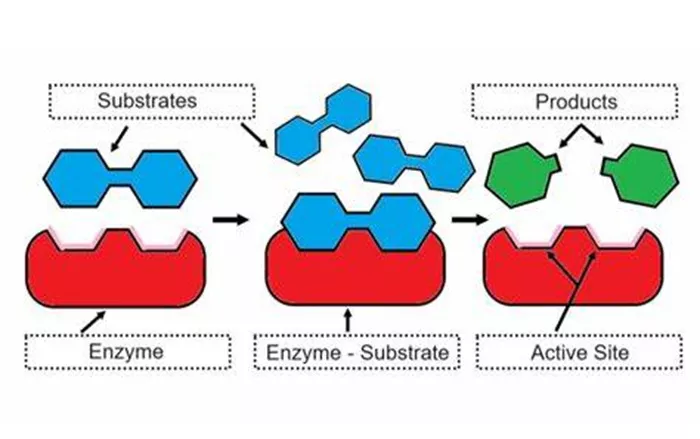Transformers are essential devices in the field of electrical engineering and have revolutionized the way we handle and distribute electrical power. They are also the backbone of modern artificial intelligence, particularly in natural language processing. In this article, we will explore both types of transformers: electrical transformers and transformer models in AI, and understand how they work
Electrical Transformers: Basic Components and Function
The Core Components of Electrical Transformers
Electrical transformers consist of three primary parts: the magnetic core, the primary winding, and the secondary winding. These components work together to transfer electrical energy from one circuit to another while changing the voltage level.
The magnetic core is typically made of laminated steel sheets, which help to minimize energy losses due to eddy currents. It serves as a bridge for the magnetic flux, ensuring efficient transfer of energy between the windings.
The primary winding is connected to the input voltage source. When an alternating current (AC) flows through this winding, it generates a varying magnetic field around the core. This magnetic field is crucial because it induces a voltage in the secondary winding through electromagnetic induction.
The secondary winding is connected to the output load. The voltage induced in this winding depends on the ratio of the number of turns between the primary and secondary windings. This principle allows transformers to either step up (increase) or step down (decrease) the voltage as needed.
How Electrical Transformers Work
The operation of electrical transformers is based on Faraday’s Law of Electromagnetic Induction. When an AC voltage is applied to the primary winding, it creates a varying magnetic flux in the core. This changing magnetic flux links with the secondary winding and induces an AC voltage in it.
The relationship between the input and output voltages can be described by the turns ratio. If the secondary winding has more turns than the primary winding, the output voltage will be higher than the input voltage (step-up transformer). Conversely, if the secondary winding has fewer turns, the output voltage will be lower (step-down transformer).
In an ideal transformer, there would be no energy loss, and the input power would equal the output power. However, in real-world applications, some energy is lost due to factors such as core heating and reactive impedance.
Transformer Models in AI: A Revolutionary Approach
The Concept of Transformer Models
Transformer models are a type of neural network architecture that has significantly impacted the field of artificial intelligence, particularly in natural language processing (NLP). Introduced in the 2017 paper “Attention Is All You Need,” these models are designed to process sequential data, such as text, by establishing relationships between different elements in the sequence.
The key innovation in transformer models is the use of attention mechanisms. Unlike traditional recurrent neural networks (RNNs), which process data sequentially, transformers can process all elements of a sequence simultaneously. This parallel processing capability makes them much faster and more efficient.
How Transformer Models Work
Transformer models consist of several key components, including the encoder, decoder, multi-head attention mechanism, and feed-forward network.
Encoder and Decoder Structure
The encoder processes the input sequence and generates a contextualized representation. This representation captures the relationships between different elements in the input sequence. The decoder then uses this representation to generate the output sequence. This structure is particularly useful for tasks such as machine translation, where the input sequence in one language needs to be translated into another language.
Multi-Head Attention Mechanism
The multi-head attention mechanism is the core of the transformer model. It allows the model to weigh the importance of different elements in the sequence when processing a particular element. For example, when translating a sentence, the model can focus on the most relevant words in the input sequence to generate the corresponding words in the output sequence.
The attention mechanism works by calculating attention scores, which are then normalized using a softmax function to create a probability distribution. This distribution determines how much each element in the sequence contributes to the final output.
Feed-Forward Network
After the attention mechanism has identified and aggregated relevant information, the output is passed through a feed-forward network. This network consists of fully connected layers with non-linear activation functions, such as ReLU. It acts as a filter, extracting higher-level features and patterns from the contextualized information provided by the attention mechanism.
Applications of Transformer Models
Transformer models have found widespread use in various applications due to their ability to handle sequential data effectively. Some of the key applications include:
Natural Language Processing (NLP): Tasks such as machine translation, text summarization, and sentiment analysis benefit greatly from transformer models. These models can understand the context and meaning of words in a sentence, leading to more accurate and coherent outputs.
Image Generation: By adapting the transformer architecture to handle image data, models like DALL·E can generate high-quality images based on textual descriptions.
Robotics: Transformers can be used to generate instructions for robots, enabling them to perform complex tasks based on natural language commands.
Conclusion
Transformers, whether in the context of electrical engineering or artificial intelligence, play a crucial role in modern technology. Electrical transformers enable efficient distribution of electrical power by changing voltage levels, while transformer models in AI revolutionize the way we process and understand sequential data. Both types of transformers rely on fundamental principles of electromagnetic induction and attention mechanisms to achieve their goals. As technology continues to advance, the applications and capabilities of transformers will only expand, driving further innovations in various fields.
Related Topics:

